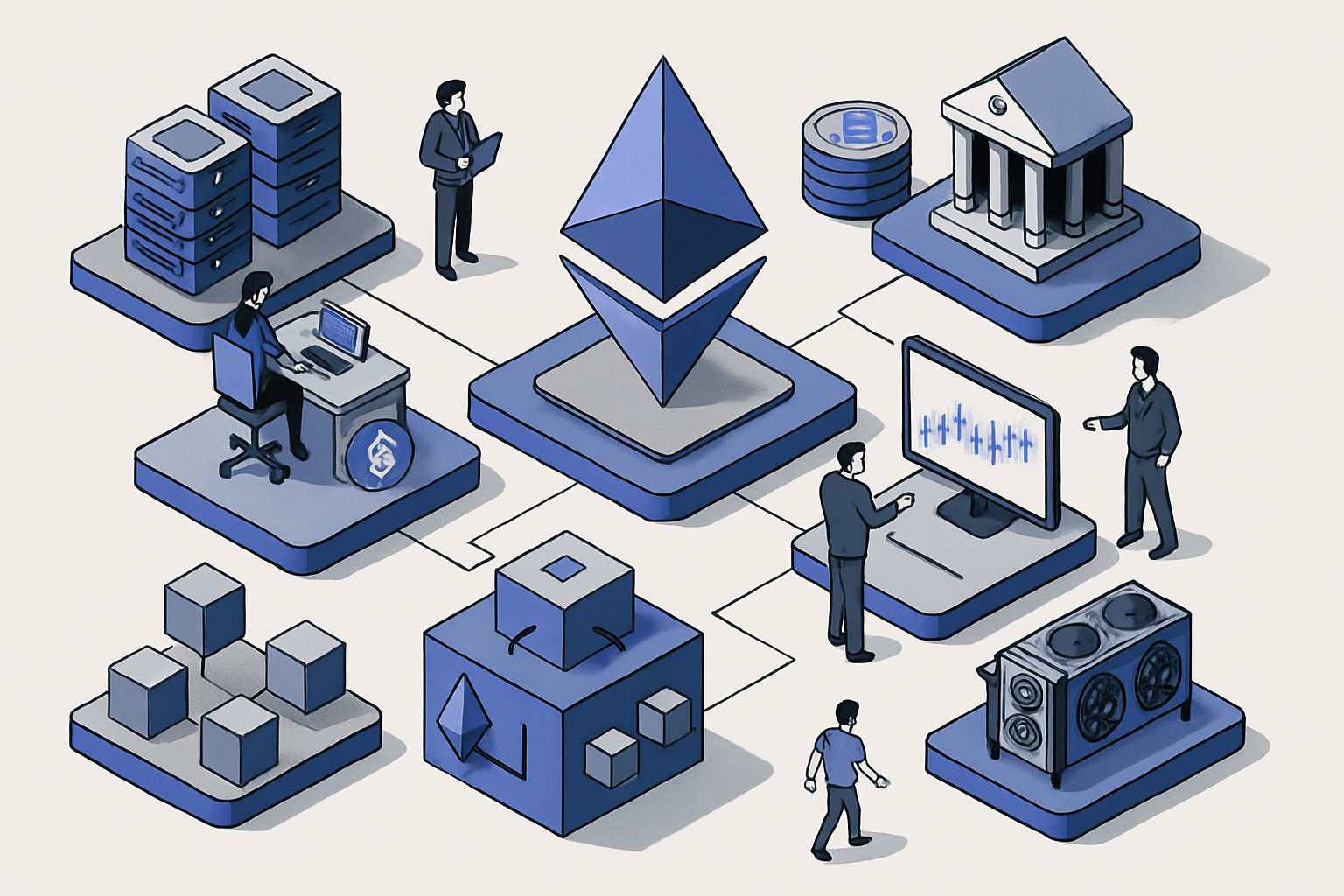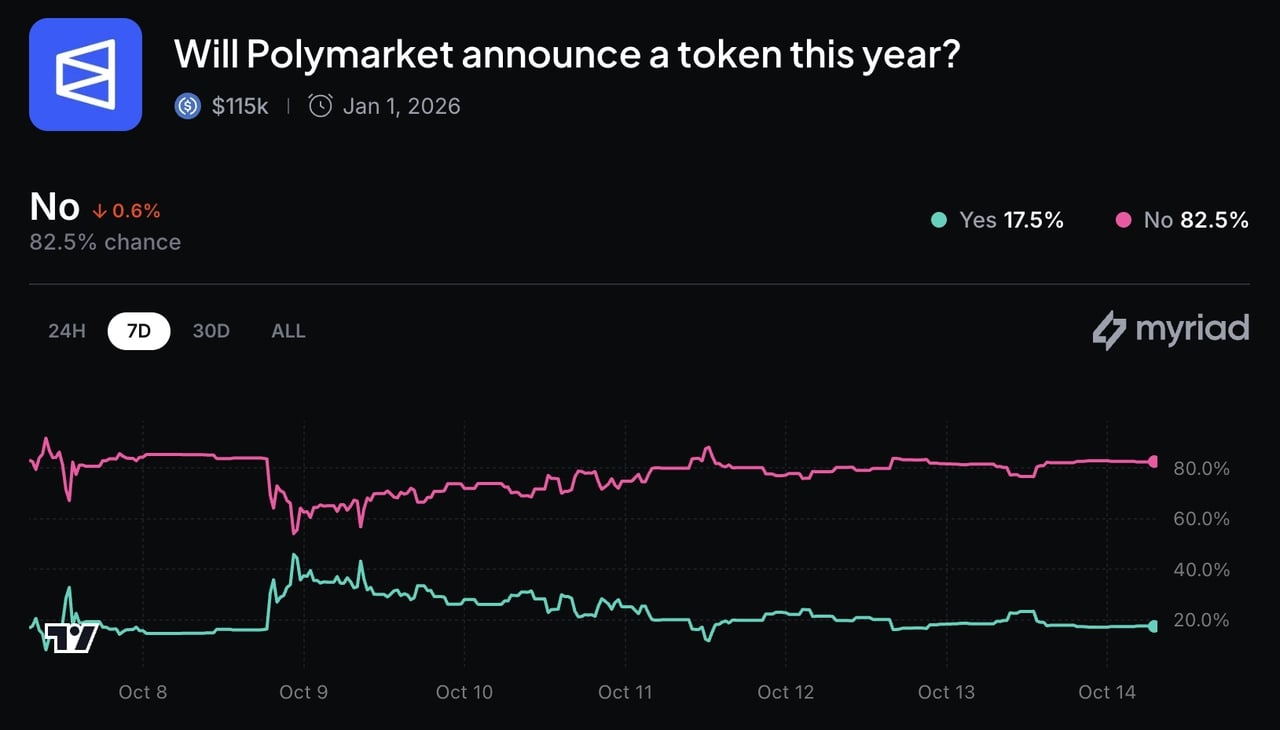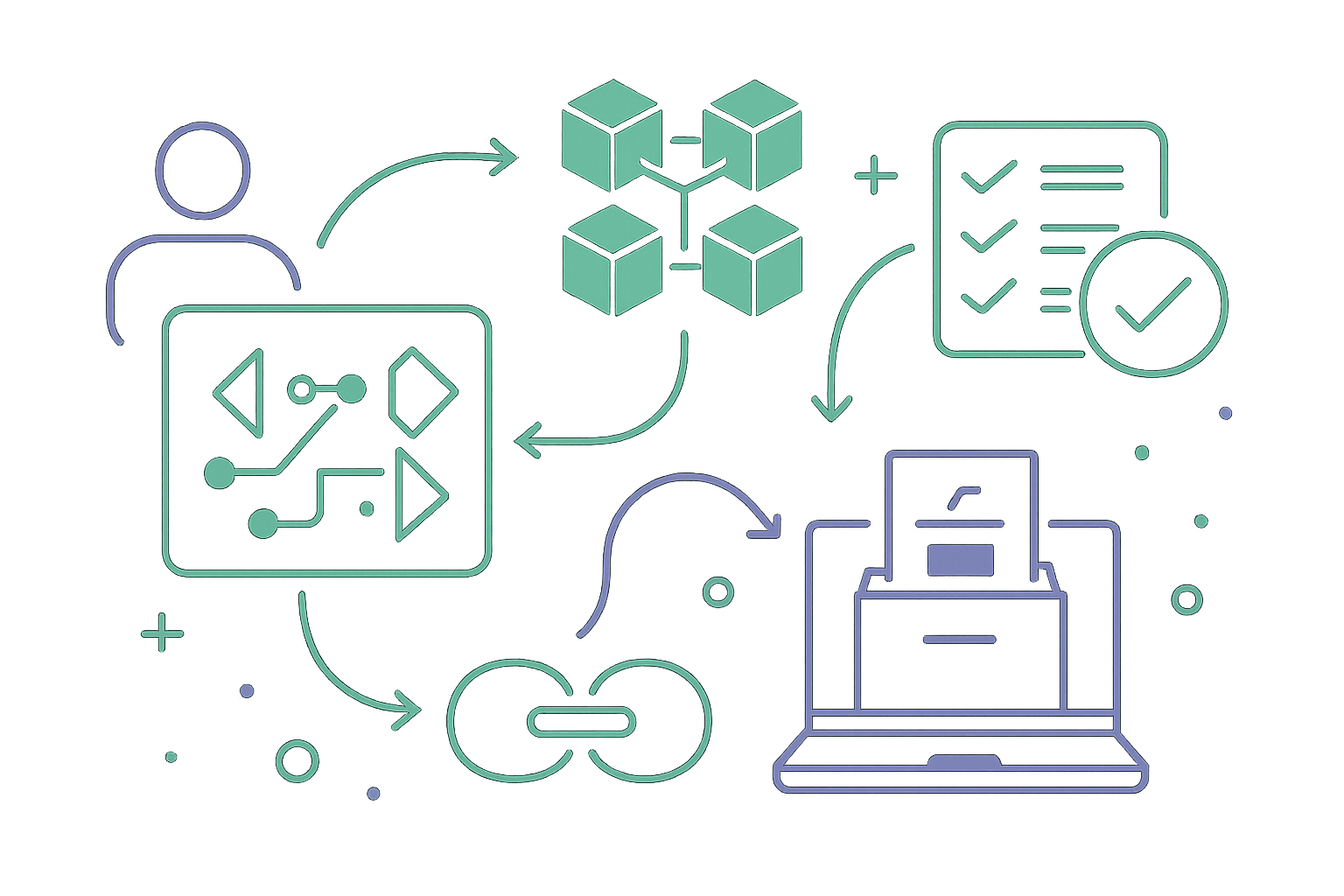How Blockchain is Revolutionizing Election Prediction Markets in 2024

In 2024, the intersection of blockchain technology and election prediction markets captured the attention of investors, political analysts, and everyday voters alike. As traditional polling methods struggled with declining trust and accuracy, decentralized platforms offered a compelling alternative: transparent, real-time markets where anyone could stake on political outcomes using cryptocurrency. This shift was more than just technical innovation – it represented a fundamental change in how society gauges collective expectations around high-stakes events like the U. S. presidential election.

Record Volumes and Real-Time Insights: The 2024 Election Surge
The 2024 U. S. presidential election served as a watershed moment for blockchain election prediction markets. Platforms such as Polymarket, built on Ethereum and Polygon, saw unprecedented activity. Polymarket’s largest pool for the presidential race drew over $200 million in bets, with former President Donald Trump at a 63% chance of victory as election night approached – far outpacing President Joe Biden’s 18% odds. These numbers didn’t just reflect speculative fervor; they mirrored the evolving consensus of thousands of participants reacting to news in real time.
Overall, Q3 2024 saw prediction market betting volumes soar by 565%, reaching $3.1 billion – an all-time high largely powered by U. S. political events (source: Cointelegraph). This explosion in volume wasn’t isolated to national races; local contests like the New York City mayoral race also set records, underscoring the growing appetite for decentralized election betting.
Why Blockchain Prediction Markets Outperformed Polls
The accuracy gap between prediction markets and traditional polls became impossible to ignore in 2024. A University of Cincinnati study found that blockchain-based markets were more precise at forecasting electoral outcomes than both pollsters and pundits. On Polymarket, odds consistently reflected Trump’s frontrunner status even as mainstream media narratives diverged – a fact confirmed by post-election analysis (more on why prediction markets beat polls here).
This superior performance stems from several key blockchain advantages:
- Transparency: Every trade is recorded on-chain, making manipulation or hidden agendas nearly impossible.
- Accessibility: Anyone with crypto can participate globally, ensuring diverse perspectives feed into market odds.
- Liquidity: The surge in trading volume leads to tighter spreads and more reliable price signals.
- Pseudonymity: Participants aren’t influenced by social desirability bias or fear of reputational risk.
The Regulatory Tightrope: Progress and Setbacks for Crypto Election Betting
No revolution comes without friction. As blockchain prediction markets pushed boundaries in 2024, regulators took notice. In October, Kalshi won provisional approval from the U. S. Court of Appeals to offer contracts on congressional control – a milestone signaling growing institutional acceptance. By September 2025, Polymarket received CFTC approval to relaunch U. S. operations after acquiring QCEX, marking its return after a three-year hiatus.
Yet challenges persisted. In November 2024, an FBI raid on Polymarket’s CEO raised concerns about potential overreach or political motivations behind regulatory actions – reminding users that legal clarity remains a work in progress for secure election betting. Critics also pointed out issues such as low liquidity in minor races and risks of manipulation by wealthy whales or coordinated groups.
Despite these headwinds, the overall momentum behind decentralized election betting has only intensified. The sector’s rapid evolution in 2024-2025 underscores both its disruptive potential and the urgent need for robust oversight. As regulators adapt, market participants are demanding clearer rules that foster innovation while protecting against abuse and systemic risk.
For everyday users, the appeal of blockchain prediction markets lies in their ability to aggregate global insight instantly, without gatekeepers or institutional bias. In contrast to traditional polling, which can be swayed by question wording or selective sampling, prediction markets distill millions of micro-opinions into a single, dynamic price. This unique structure proved invaluable during the volatile 2024 cycle, when mainstream forecasts lagged behind market sentiment and often missed late-breaking shifts in voter mood.
What Comes Next for Blockchain Election Markets?
The road ahead is both promising and complex. Recent regulatory milestones, like Polymarket’s CFTC green light, signal that authorities are beginning to recognize the legitimacy of crypto election betting platforms. However, ongoing investigations and sporadic enforcement actions highlight lingering uncertainty. The next phase will likely involve a delicate balancing act: empowering innovation while ensuring integrity and fair play.
Technologically, we can expect further enhancements in user experience, security protocols, and on-chain analytics. Cross-platform interoperability may allow users to arbitrage odds across multiple blockchains or even trade election contracts alongside other macroeconomic events, deepening liquidity and broadening appeal. Meanwhile, as more institutional money enters the space, scrutiny around market manipulation and insider trading will intensify. Platforms must continue strengthening safeguards to maintain trust.
For those considering participation in blockchain election prediction markets, it’s crucial to understand both the opportunities and risks involved. While these platforms offer unparalleled transparency and real-time insight, they remain subject to legal flux and potential volatility driven by major news cycles or regulatory announcements.
Final Thoughts: A New Standard for Political Forecasting?
The events of 2024 have set a new benchmark for how society measures political probability, and blockchain sits at the heart of this transformation. As decentralized prediction markets continue to outpace traditional polls in accuracy and scale new records in volume (with Q3 2024 reaching $3.1 billion), their influence on public discourse is undeniable.
The coming years will reveal whether these platforms can fully realize their promise as transparent, efficient tools for collective intelligence, or whether regulatory hurdles will slow their ascent. For now, one thing is clear: secure election betting powered by blockchain isn’t just a trend, it’s reshaping how we forecast democracy itself.







